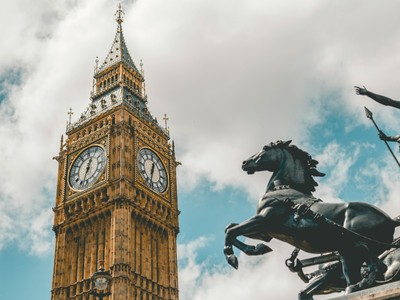This possibly reflects a degree of fatigue creeping into the process of analysis. In order to avoid as disruptive a result as the bond rout of 1994, many senior economists such as Larry Summers have argued against a hike, suggesting that, in the absence of trending inflation data, such a move would be seen as excessively hawkish. It remains my view that an opportunity was missed in late 2014 when annualised GDP picked up smartly; the Fed did not then begin a hiking sequence that now seems preternaturally awkward to time. The principal risk seems to be more embedded in markets than the real economy. This cycle sees a much more sophisticated Fed response pattern than, say, in 1994 with a forward matrix of voting intentions flagging the expectations of Federal Open Market Committee participants. As I noted in the Spring edition of Prospects, the futures curve has been consistently shallower than that implied by the Fed’s own projections, a phenomenon that is still extant. This implies that any Fed hike may itself be both counterproductive, too late and subject to subsequent reversal. If this is the case, an unusual phenomenon ought to occur, namely that any hike deemed too early or unnecessary may see bonds actually perform better – as the market shifts to discount an unwinding of an unjustified hike. It will be interesting to see how participants react to an eventual hike, assuming that the Fed holds true to its word and increases rates in 2015. The vogue is now to believe in a “One and it’s done” move which implies that any hike is accompanied by sufficiently dovish comment on the implied shallow path of rates thereafter. I anticipate something on these lines with a further series of devaluation pressures to arise in both commodities and Emerging Market currencies. In line however with this limited response, it may well be the case that the trade in the US Dollar proves excessively crowded and t hat some period of underperformance internationally then emerges. Nevertheless, the extent of borrowing in Emerging Markets have been something like US$9.6 trillion since the low interest rate environment was introduced post the Great Financial Crash and the interim certainly seems to augur an abrupt resumption of US Dollar strength by way of natural reaction in the very short term.
17 September 2015
Fed Rate Hike Comment
While today’s rate hike decision leaves markets poised internationally in a perfect storm, the Treasury futures market is forecasting a lower probability at 30% than are the various camps of eco nomists at 50%.

Related articles
Month characterised by mixed returns and volatile markets.
Andrew Mann explains why the consumer goods giant has moved its ice cream brands into a newly listed company.
Paraplanner Milly Haydon summarises the key takeaways from the Budget.
If you like this article, follow us for more insights.
To receive more content like this subscribe today.


